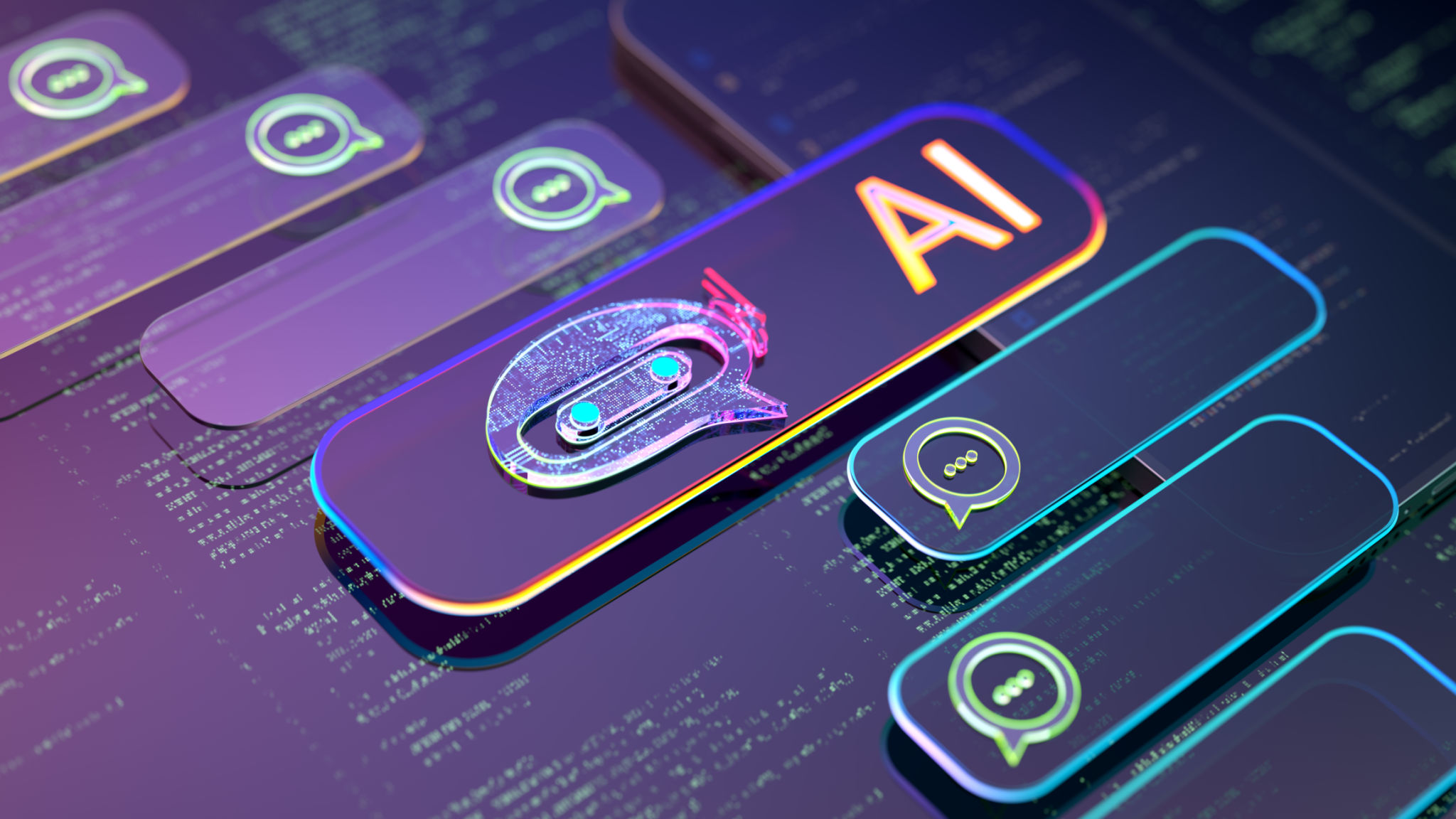Understanding the Intersection of UX and AI: A Beginner's Guide
Introduction to UX and AI
In the rapidly evolving digital landscape, understanding the intersection of User Experience (UX) and Artificial Intelligence (AI) is crucial for anyone involved in product design, development, or digital marketing. As AI technologies become more integrated into our daily lives, they present both opportunities and challenges for enhancing the user experience.

What is User Experience (UX)?
User Experience encompasses all aspects of a user's interaction with a company, its services, and its products. It emphasizes creating products that provide meaningful and relevant experiences to users. This involves the design of the entire process of acquiring and integrating the product, including aspects of branding, design, usability, and function.
The Role of UX Design
UX design plays a pivotal role in ensuring that users find value in what you're providing to them. The process involves research, prototyping, usability testing, and iterative design improvements. A well-designed UX can lead to increased customer satisfaction, loyalty, and business success.
Understanding Artificial Intelligence (AI)
Artificial Intelligence refers to the simulation of human intelligence in machines programmed to think like humans and mimic their actions. It encompasses a range of technologies including machine learning, natural language processing, and computer vision.

AI's Impact on Everyday Life
AI is transforming industries by automating processes, enhancing decision-making, and providing personalized experiences. From virtual assistants like Siri and Alexa to recommendation engines on Netflix and Amazon, AI is reshaping how we interact with technology.
The Intersection of UX and AI
The convergence of UX and AI offers exciting possibilities for creating intelligent user interfaces that anticipate user needs and provide personalized experiences. By leveraging AI, designers can enhance the UX by providing more intuitive, efficient, and engaging experiences.
AI-Driven Personalization
One of the significant benefits of integrating AI into UX design is personalization. AI can analyze user data to understand preferences and behaviors, allowing for the tailoring of content and features to meet individual needs. This leads to improved user satisfaction and engagement.

Challenges at the Intersection
While the integration of AI into UX presents numerous opportunities, it also poses challenges. Designers must ensure that AI-driven features enhance rather than detract from the user experience. Issues such as data privacy, ethical considerations, and maintaining user trust must be addressed.
Ethical Considerations in AI
As AI systems rely heavily on data, ensuring ethical use of this information is crucial. Transparency in how data is collected and used is essential to maintain trust. Designers must also consider accessibility to ensure AI-enhanced experiences are inclusive for all users.
Conclusion
Understanding the intersection of UX and AI is essential for creating innovative digital experiences. By harnessing the power of AI while prioritizing user-centered design principles, businesses can deliver more engaging and personalized experiences. As technology continues to evolve, staying informed about these developments will be key to success in the digital age.
